InnovaPharm is one of those brands known for uniquely innovative labels. They're always bringing a touch of something different to their formulas, and we love them for it because when they start launching products, they pull the industry out of slumps.
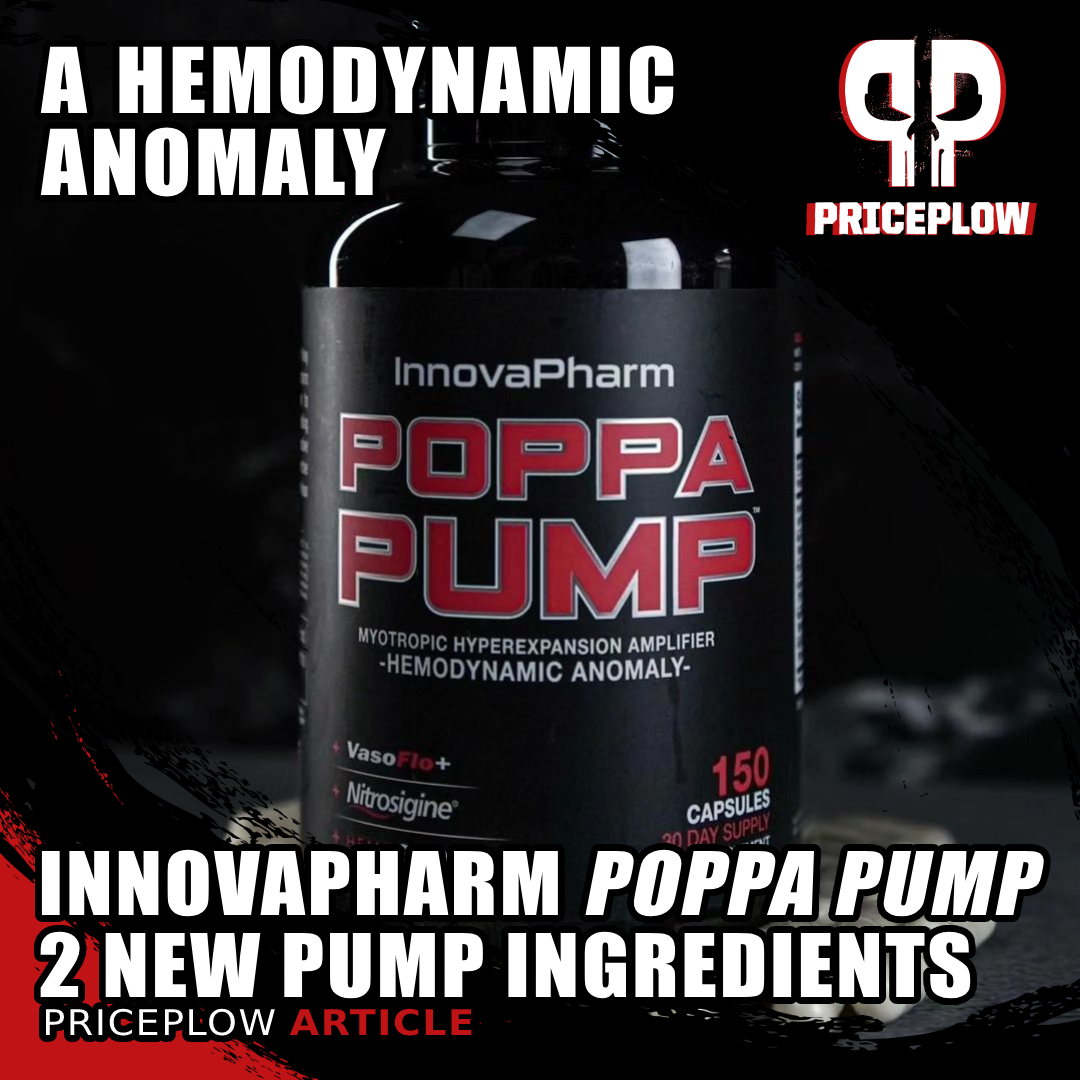
It's a hemodynamic anomaly! InnovaPharm's new stim-free capsule pre-workout is more than a nitric oxide pill, it's a true myotropic hyperexpansion amplifier, and it has two new ingredients never before covered on PricePlow!
Recently, they launched the MVPre 365 Everyday Pre-Workout, which gave a great new take on an everyday-use training aid. But if you look at our InnovaPharm news page, you'll see that they've recently launched a whole lot more than that.
On top of the new daily-driver pre-workout, they also have an equally powerful new stimulant-free nitric oxide pump pill:
InnovaPharm POPPA PUMP – Stim-Free with HEMO-Growth
We've been due for a new stim-free formula from the brand -- they rocked the house with NovaPump and NovaPump Neuro a few years ago, and even further back launched Pump Dirt. But the NovaPump products are powders, and Pump Dirt capsules are really more of a carb-driving glucose disposal agent than a nitric oxide support supplement.
So that makes room for some serious NO pills - and InnovaPharm rightfully named them Poppa Pump! This is a new stim-free pre-workout pill formula, which is totally pump-focused.
A Hemodynamic Anomaly

InnovaPharm's mantra is "No Hype. Just Results". But with a formula like this with new ingredients in tow, we'll do the hyping
With this formula, the company lives up to the "Innova" part of its name – here we see not one, but two ingredients PricePlow has never covered before! That's quite a feat, considering we've pretty much seen it all at this point. One of them is HEMO-Growth, which was actually developed in-house at InnovaPharm!
They kick off the supplement facts label with the tried-and-true Nitrosigine, which is always welcome and gives you plenty of clinical efficacy at its 1.5 gram dose.
Let's get into it, but first, check PricePlow's deals and sign up for our our InnovaPharm news. news and deals:
InnovaPharm Poppa Pump – Deals and Price Drop Alerts
Get Price Alerts
No spam, no scams.
Disclosure: PricePlow relies on pricing from stores with which we have a business relationship. We work hard to keep pricing current, but you may find a better offer.
Posts are sponsored in part by the retailers and/or brands listed on this page.
This area is reserved for Team PricePlow's upcoming videos.
Subscribe to our channel and sign up for notifications so you catch it when it goes live!
Poppa Pump Ingredients
In a single 5-capsule serving of POPPA PUMP from InnovaPharm, you get the following:
-
Inositol-Stabilized Arginine Silicate (as Nitrosigine) – 1,500 mg
Nitrosigine is a patented[1,2] nitric oxide (NO) booster that's become a clinically-supported industry standard. Designed and manufactured by Nutrition21, in the scientific literature Nitrosigine is occasionally called by its chemical name, inositol-stabilized arginine silicate (ASI).
Arginine 2.0
Back in the olden days of supplement science, L-arginine, which is the most immediate precursor to NO, was the industry go-to NO-boosting ingredient. This made sense, but nevertheless, research gradually demonstrated that arginine's oral bioavailability is low – too low for it to be an effective means of boosting NO. The movement away from arginine was driven largely by the so-called arginine paradox,[3] which refers to the fact that arginine doses big enough to work were so big that they actually caused stomach upset.[4,5]
The arginine paradox is created by the fact that arginine has a greater affinity for the enzyme arginase, which is responsible for breaking arginine down, than it does for the endothelial nitric oxide synthase (eNOS), which actually turns arginine into NO.[6] When arginine binds to arginase, it gets degraded prematurely, before the body can absorb it and use it for NO synthesis. It's an issue common to many supplements and is known as the first pass effect.[7-10]
What Nutrition21 figured out is that by buffering the arginine molecule with inositol and potassium silicate, it's possible to prevent the first pass effect, and thus, solve the arginine paradox. And that's how Nitrosigine was born.
The clinical dose of Nitrosigine (1,500 mg) – acts fast, lasts for quite a while
After 3 days of Nitrosigine use, upper leg pumps as measured by leg circumference were significantly increased![11]
In POPPA PUMP we have the standard, clinically-verified Nitrosigine dose of 1,500 mg per product serving -- you know this is important to InnovaPharm since it takes up nearly 3 of the 5 capsules. This is the dose used in all the Nitrosigine-focused research that we're aware of, and has been repeatedly validated in double-blind, randomized, placebo-controlled studies.
Those studies show, consistently, that 1,500 mg Nitrosigine can substantially increase the body's production of NO – after just one dose,[12,13] with compounding benefits over time.[13]
More specifically, the Nitrosigine clinical dose works in just half an hour after ingestion, with persistent effects on serum NO up to 6 hours.[13,14]
One study put 1,500 mg Nitrosigine up against 8,000 mg of citrulline malate. Both supplements upregulated NO and improved circulation to the same extent when looking at flow-mediated dilation (FMD), a measure of arterial blood flow, by an incredible 31%.[12] In other words, Nitrosigine achieved the same effect size with a fifth of the dose!
Another study published in 2023 showed significant improvements in blood flow response to exercise (through increased leg circumference from before to after exercise), and lower creatine kinase markers measured later on (a sign of improved recovery).[11] There were also significantly greater perceived energy responses recorded in the ASI group.[11]
How Nitrosigine can benefit the brain
A nitric oxide booster that improves cognition?! Yes - Nutrition21 passed around this helpful infographic after the Nitrosigine cognition study on healthy young adults was published.[15]
While discussions of NO-mediated vasodilation tend to fixate on athletic performance and recovery, industry and consumer awareness is growing that this mechanism can benefit the brain, and cognitive performance, as well.
This makes perfect sense, if you think about it – your brain is dependent on the same supply of oxygen and nutrients as every other organ in your body. So, it's no surprise that improving blood flow systemically could benefit the brain, too.
Studies on Nitrosigine showed that it can:
- Decrease post-workout cognitive impairment when taken prior to a workout.[16]
- Improve processing speed in young, healthy men who have not recently undertaken physical exercise[17]
- Increase working memory performance.[15]
Anecdotally, we've found that Nitrosigine's impact on cognition is particularly beneficial in stimulant-free supplements like POPPA PUMP. When we're caffeine-free, we'll take all of the "perceived energy" we can get. There's also evidence that caffeine, for example, can have a cerebral vasoconstrictive effect, so you're getting the most out of Nitrosigine when you stay stim-free.
-
Red Radish Extract (Raphanus sativus) – 500 mg
Red radish, also known as Sakurajima radish, is a species naturally rich in trigonelline, an alkaloid with some interesting biological effects. Research suggests that trigonelline possesses hypoglycemic, hypolipidemic, neuroprotective, antimigraine, sedative, memory-improving, antibacterial, and antiviral effects.[18]
Most interestingly in the context of POPPA PUMP, trigonelline seems to be a potent modulator of hemodynamics (blood flow and behavior). For example, it's known to inhibit platelet aggregation,[18,19] and to upregulate endothelial nitric oxide synthesis (eNOS).[19]
The first human trial on Raphanus extract was carried out in 2020, and as of the time of this writing, we were unable to locate another. However, the results of this preliminary study were extremely compelling.
Treatment with Raphanus sativus extract for a period of 10 days significantly increased both serum trigonelline concentrations and flow-mediated dilation (FMD) in study participants.[19]
The study found that 10 days of treatment with Raphanus sativus extract significantly increased flow-mediated dilation (FMD),[19] which is again a measure of arterial blood flow also used in one of the studies in Nitrosigine.
Although the study also observed slight drops in blood pressure and resting heart rate,[19] these differences did not achieve statistical significance – but we think they probably would in a higher-powered study with a larger sample size conducted to replicate these preliminary results.
TMAO inhibition?!
The cardiovascular benefits of trigonelline don't stop there, though – other research has found that this alkaloid can inhibit microflora metabolism of choline into trimethylamine-N-oxide (TMAO), a potentially toxic metabolite that's currently hypothesized to increase one's risk of atherosclerosis.[20]
This is something the supplement industry may wish to look further into: TMAO is blamed by researchers in a study that found popular choline-containing ingredient, alpha-GPC, to increase the risk of stroke in people over the age of 50.[21-23] We're not surprised that InnovaPharm was on top of it first - this is typical of their M.O.
Finally, trigonelline may also help mitigate myocardial injury and both pulmonary and cardiac fibrosis.[24] This doesn't have direct relationship to pre-workout conditions, but is more evidence that we have here an ingredient that's quite beneficial to the cardiovascular system, which is what we generally want in something called "POPPA PUMP".
-
Pink Himalayan Salt – 500 mg
Going for the stim? Check out InnovaPharm MVPre 365!
Pink Himalayan salt is known to contain plenty of electrolytes and trace minerals. It consists primarily of sodium – roughly 39% sodium by weight – which means that this 500 mg dose of pink salt gives you approximately 200 mg of sodium per serving of POPPA PUMP.
It's important to recognize that sodium is an electrolyte mineral, and plays an instrumental role in facilitating muscular contractions and athletic performance.[25,26] Also bear in mind that the human body loses tons of sodium in sweat, so if you're planning a super hardcore workout, it can be a good idea to pre-load some sodium prior to exercise.
In the context of a pump formula, sodium plays a particularly interesting role. Since sodium has been shown to increase extracellular fluid volume,[27] ingesting a little extra should increase the water available to your muscles for massive pumps.
-
Korean Red Panax Ginseng Extract (70% Ginsenosides) – 400 mg
Korean red ginseng (Panax ginseng) is a powerful adaptogenic herb. By adaptogenic, we mean that it can help normalize various biological processes in the human body – for example, an adaptogen that affects cortisol will decrease cortisol when it's too high, but also increase cortisol when it's too low. This situation-dependent action of adaptogens makes them a powerful tool for restoring, or maintaining, health and wellness.
In formulas like POPPA PUMP, adaptogens are here to help you withstand and recover from the rigors of intense exercise. So let's see how it works:
Ginseng's impact on hemodynamics
Ginseng is an ingredient that's typically brought up in nootropic contexts, but evidence is mounting that a substantial part of its impact on cognition can be attributed to its ability to improve cerebral blood flow.[28]
One 2005 study found that Korean red ginseng extract can upregulate nitric oxide (NO), thus triggering a vasodilation-mediated drop in heart rate and blood pressure. Just like Nitrosigine, ginseng works to improve cardiovascular function after the very first dose.[29]
This study was actually conducted to replicate previous animal studies that found ginseng can trigger the release of NO from endothelial cells and perivascular nerves.[30] One of these studies showed that ginseng can improve symptoms of erectile dysfunction, which is attributed to its impact on NO signaling.[31]
Interestingly – if you recall our discussion of the arginine paradox and first pass effect from the Nitrosigine section of this article – ginseng seems to inhibit arginase,[32] meaning it might increase the effectiveness of the Nitrosigine in POPPA PUMP.
Although not much research has been done in this direction, a consensus is emerging that ginseng can improve cardiovascular health and function.[33]
Ginseng's cognitive benefits
While cardiovascular enhancements are arguably the most important aspect of a pre-workout formula, we would do well to remember the cognitive stress associated with intense exercise, and take steps to mitigate it.
InnovaPharm NovaBurn 2.0 is out - it's a fat burner with a stimulant-based (caffeine, theobromine, synephrine) and a stim-free (enXtra) option! You can stack either one with Poppa Pump!
So, with that in mind, it's good to know that ginseng can significantly decrease fatigue under diverse circumstances, and perhaps even improve depressive and anxious symptoms.[34]
Part of ginseng's mechanism here is to regulate apoptosis,[35] a mechanism for cellular self-destruction that tends to become excessively active when the body is subjected to mental and physical stress. Ginseng has significant anti-inflammatory effects, which can help limit cellular damage suffered from either physical or socio-psychological stress,[34] thus preventing the apoptotic mechanism from being unduly activated.
Given that the brain is particularly vulnerable to stress-related inflammation, supplements that keep that process under control usually help optimize cognitive performance under stress, and ginseng is no exception to that rule. Research shows that ginseng can decrease reaction times,[36,37] increase working memory, support mathematical reasoning, and increase cognitive flexibility.[38]
Ginseng can also improve glycemic control, which is important since this crucial regulatory mechanism tends to be deranged by acute stress. Ginseng's ability improve cerebral glucose delivery is one of the mechanisms by which it can improve cognitive performance.[39]
-
Hydrolyzed Casein Tripeptides (as VasoDrive-AP) – 255 mg
VasoDrive-AP is a blend of two lacto-tripeptides (LTPs): isoleucine proline proline (IPP) and valine proline proline (VPP).[40] The term lacto-tripeptide is a nod to the fact that these peptides are sourced from the protein fraction of milk.
A very thorough meta-analysis of lactotripeptides found in VasoDrive-AP (VPP / Valine-Proline-Proline and IPP / Isoleucine-Proline-Proline) shows consistently significant reduction in blood pressure, both systolic and diastolic.[40]
What we like even more than the dose -- while most brands settle for 254 milligrams, InnovaPharm scoffs at such a number and opts for a 255 milligram dose - now that's our kind of rebellion!
Back to seriousness, this ingredient has some incredible efficacy. Both IPP and VPP can increase cardiovascular efficiency by two different means:
- Increasing NO synthesis,[40] thus increasing vasodilation
- Downregulating an enzyme called angiotensin-converting enzyme (ACE),[40] which decreases vasoconstriction
We've already written pretty extensively about the role that vasodilation plays in improving hemodynamics, and athletic performance and recovery – what makes VasoDrive-AP so interesting and unique is the second mechanism. Vasodilating ingredients are a dime a dozen, but we rarely see ACE inhibitors that aren't prescription pharmaceuticals. Nevertheless, since ACE inhibition is the usual mechanism of action behind prescription hypertension drugs, it's a potentially very powerful one.[41,42]
One meta-analysis examined nine studies that collectively featured 12 different randomized controlled trials (in other words, some of the studies performed multiple experiments). It found that all of the studies, without exception, showed significant decreases in blood pressure from LTP ingestion. Moreover, each one named ACE inhibition as the primary mechanism behind the LTPs' anti-hypertensive effect.[43] And the best part is that they all used the same LTPs that make up VasoDrive-AP – namely, IPP and VPP.[43]
Although both groups saw a reduction in blood pressure, only the VasoDrive-AP group's reduction achieved statistical significance.[44]
One randomized, double-blind, placebo-controlled trial showed that a 150 mg dose of VasoDrive-AP – substantially less than the innovative 255 milligrams in POPPA PUMP – triggered an impressive 7.6 mm Hg decrease in blood pressure.[44]
Note: In Europe, you may see a different ingredient named "VasoFlo+ (Specialized Green & Black Tea Leaf Extract)".
Next, it's yet another new ingredient:
-
HEMO-Growth (Fibroblast Growth Factors, Activin) – 200 mcg
HEMO-Growth is an ingredient developed in-house by InnovaPharm.
Fibroblast Growth Factors
First, lets cover its fibroblast growth factors (FGFs), which play a key role in maintaining human stem cells' pluripotency -- the capacity to differentiate into many different types of mature cell.[45]
As it turns out, FGFs play an indispensable role in the self-renewal of skeletal muscle stem cells and are necessary for muscular growth and repair.[46]
While there are a number of different FGFs, research indicates that the use of specific FGFs may enhance skeletal muscle repair and hence, the anabolic response. For example, one animal study found that administering FGF-19 to mice had an anti-catabolic effect.[47] This study observed that FGF-19 increased ribosomal protein S6 phosphorylation, which is a mechanism of action we've covered here on the PricePlow Blog in connection with other anabolic supplements, including peptides.
S6 phosphorylation
Basically, we can take S6 phosphorylation as a sign that muscle cells are undergoing ribosomal biogenesis, the creation of new ribosomes. And since ribosomes are organelles responsible for complex protein synthesis, they make up the cellular machinery of muscle growth. Increased S6 phosphorylation is linked to mammalian target of rapamycin (mTOR) activation,[48] which is a powerful anabolic mechanism that most of our readers are doubtless familiar with.
This study found that FGF-19 increased muscle mass in mice regardless of food intake,[47] which is a strong indication that it's acting primarily on informational mechanisms. The study found that FGF-19 treatment decreased the expression of myostatin in these mice, which is an astonishing finding – myostatin inhibition is a kind of holy grail in supplement science, widely regarded as the most powerful anabolic mechanism in existence.
A follow-up study showed that 18 days of FGF-19 also increased muscle fiber size, once again independently of food intake.[49] It reduced glucose intolerance and supported liver health, too. There's definitely something exciting happening here.
Other FGFs seem to benefit muscular health, too. For example, an in vitro study found that FGF-8 simultaneously upregulated muscle growth while inhibiting the creation of fat cells,[50] and FGF-21 appears to improve glucose utilization in muscle cells.[51]
Activin
Meanwhile, activin is a gonadal protein that stimulates FSH (follicle stimulating hormone) from pituitary gonadotropes.[52] It plays a crucial role in regulating various biological processes, and is involved in the steroidogenesis and spermatogenesis.
This may not have much effect on pumps, but increased FSH levels from activin stimulation can potentially lead to improved testosterone and sperm production -- two things that we correlate with good health.
We look forward to more on HEMO-Growth
However, while all of these mechanisms are extremely promising, the research on FGFs remains pretty preliminary – and more importantly, we haven't seen any studies on HEMO-Growth specifically.
Bottom line? This isn't a pump ingredient, per se. It's actually here to help you gain muscle, which in the context of a pre-workout is obviously a good thing.
So, while we think there's a ton of potential behind this ingredient, be aware that it is, for now, in the "experimental" column. And, quite frankly, that's exactly what we want out of InnovaPharm's multi-ingredient supplements.
Dosage and Directions
Take 5 capsules on an empty stomach within 1 hour of your workout. You can also take it on non-workout days before breakfast.
Conclusion: InnovaPharm earns the Innova in their name
We love every ingredient in the POPPA PUMP formula, and how it hits so many different pathways. But for us, the real headline here is the appearance of the two new ingredients – Raphanus and HEMO-Growth.

No Hype. Just Results. See all InnovaPharm supplements on PricePlow!
The use of HEMO-Growth is particularly interesting — and telling. Technically, FGFs are peptides and, these days, you really can't swing a cat in a supplement store without hitting something that contains some kind of peptide or at least tries to monetize on the word's popularity.
By including HEMO-Growth, InnovaPharm is positioning itself on the forefront of the peptide revolution that's poised to sweep not only the nutritional supplement industry, but the pharmaceutical industry as well. Leveraging informational mechanisms, as we like to put it, is an insanely powerful strategy for achieving all kinds of health outcomes, including muscle growth.
InnovaPharm Poppa Pump – Deals and Price Drop Alerts
Get Price Alerts
No spam, no scams.
Disclosure: PricePlow relies on pricing from stores with which we have a business relationship. We work hard to keep pricing current, but you may find a better offer.
Posts are sponsored in part by the retailers and/or brands listed on this page.


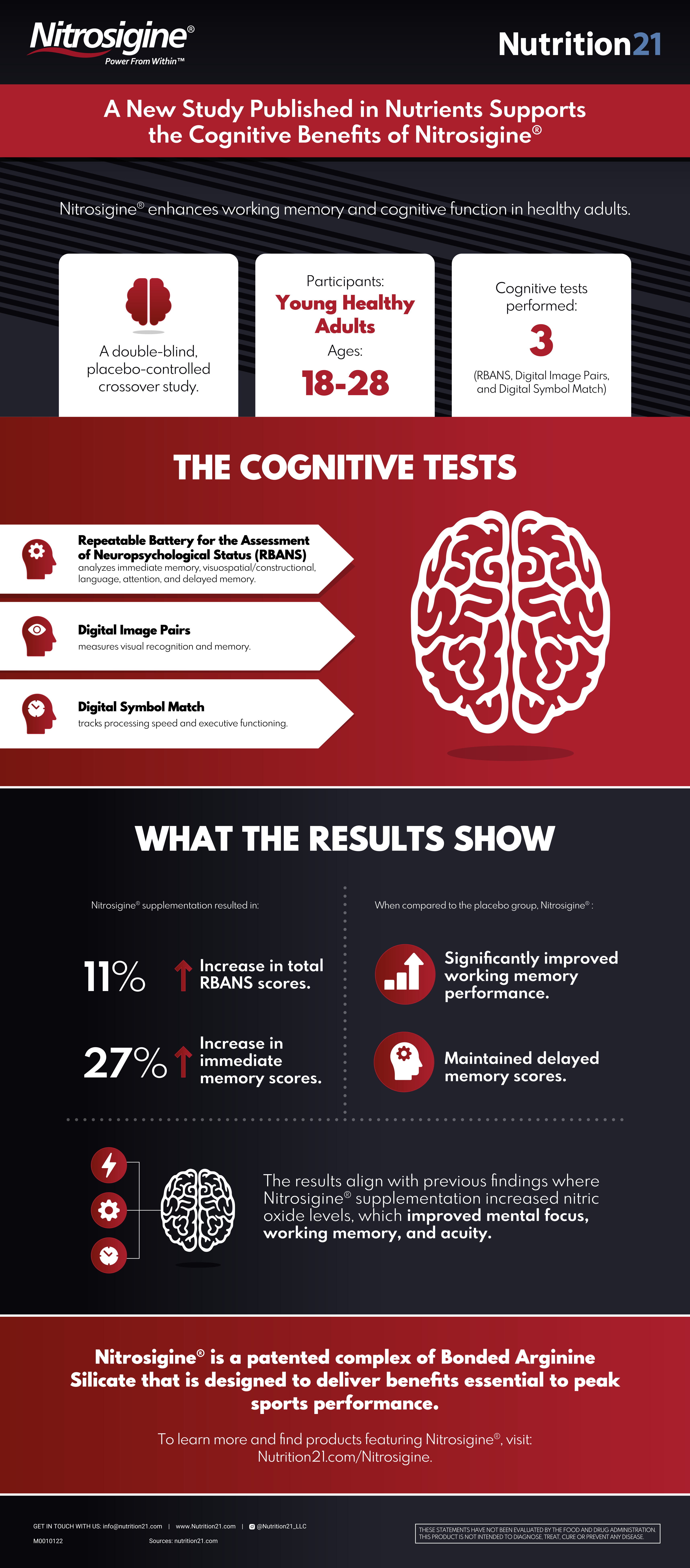
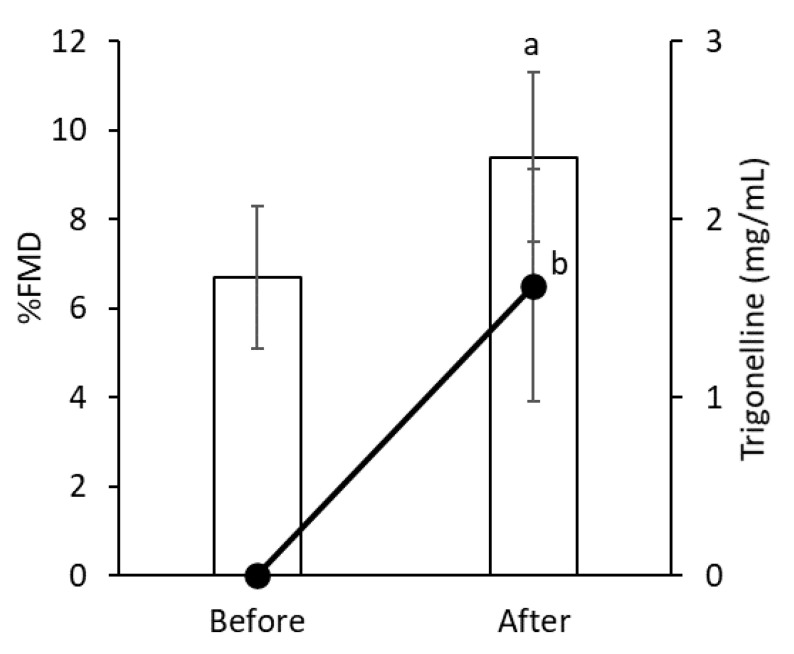
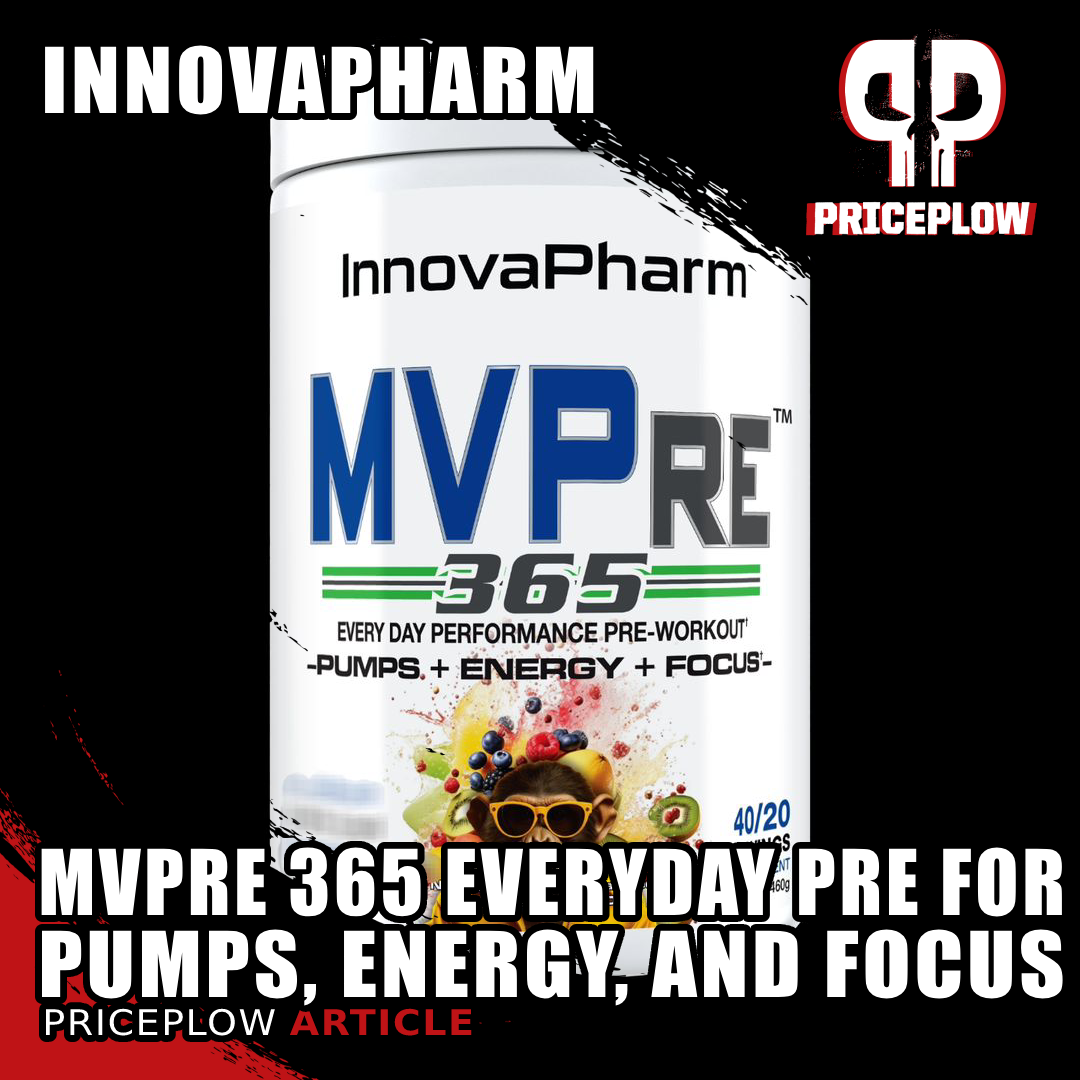


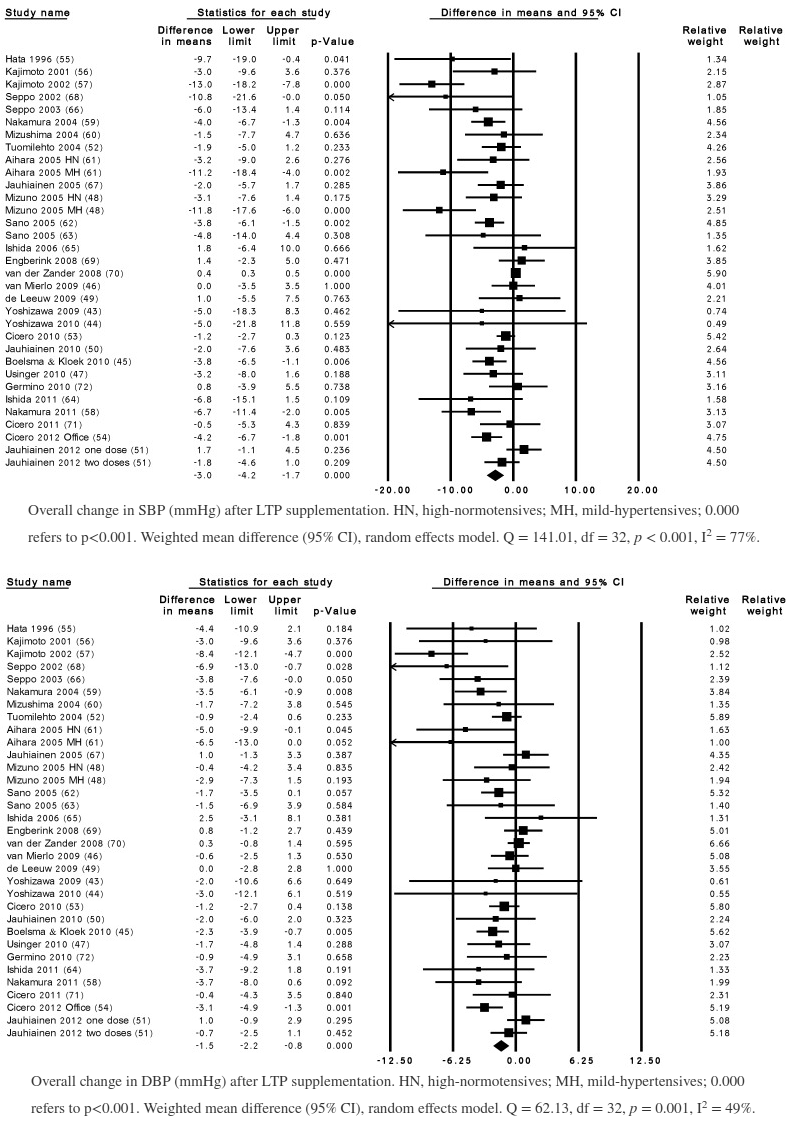

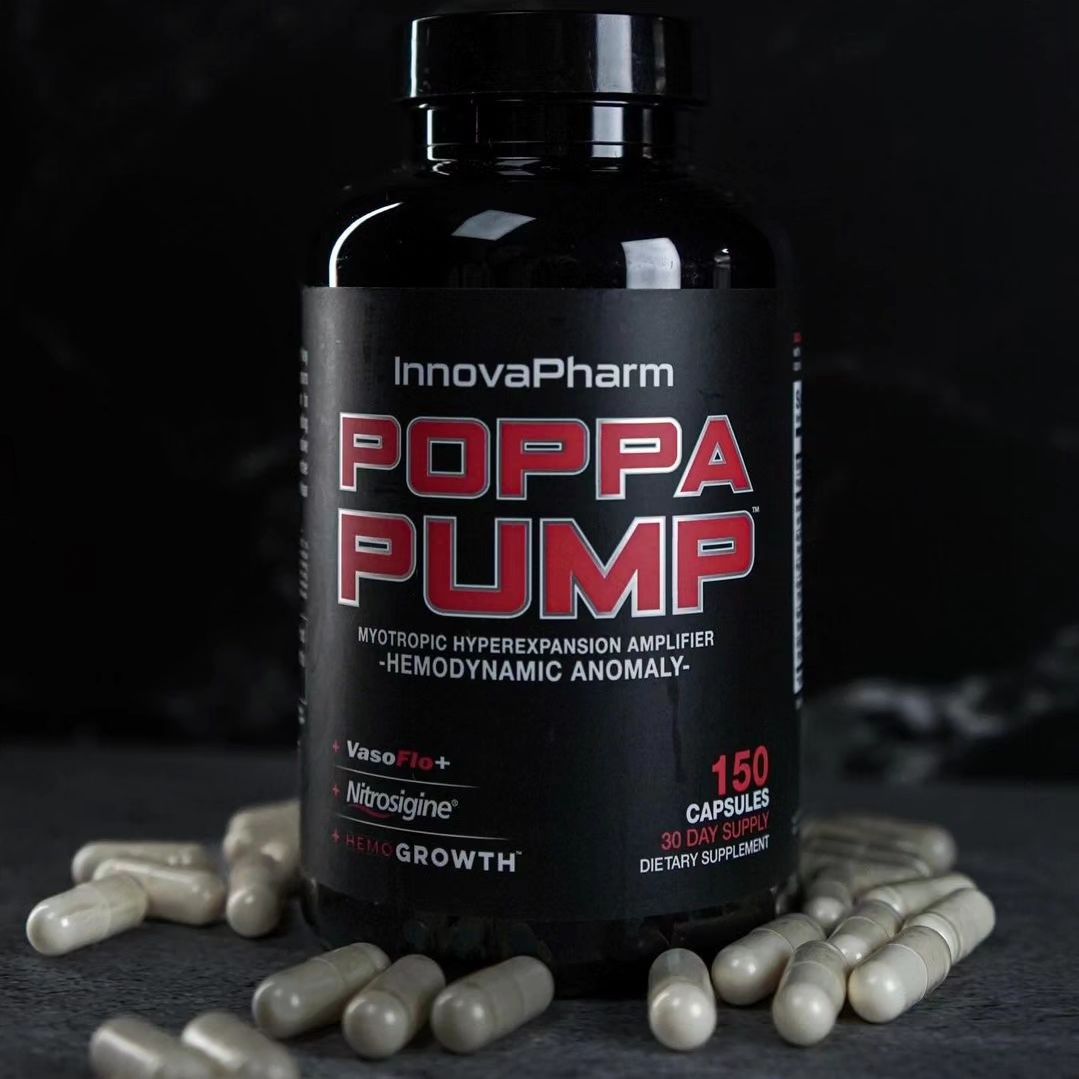
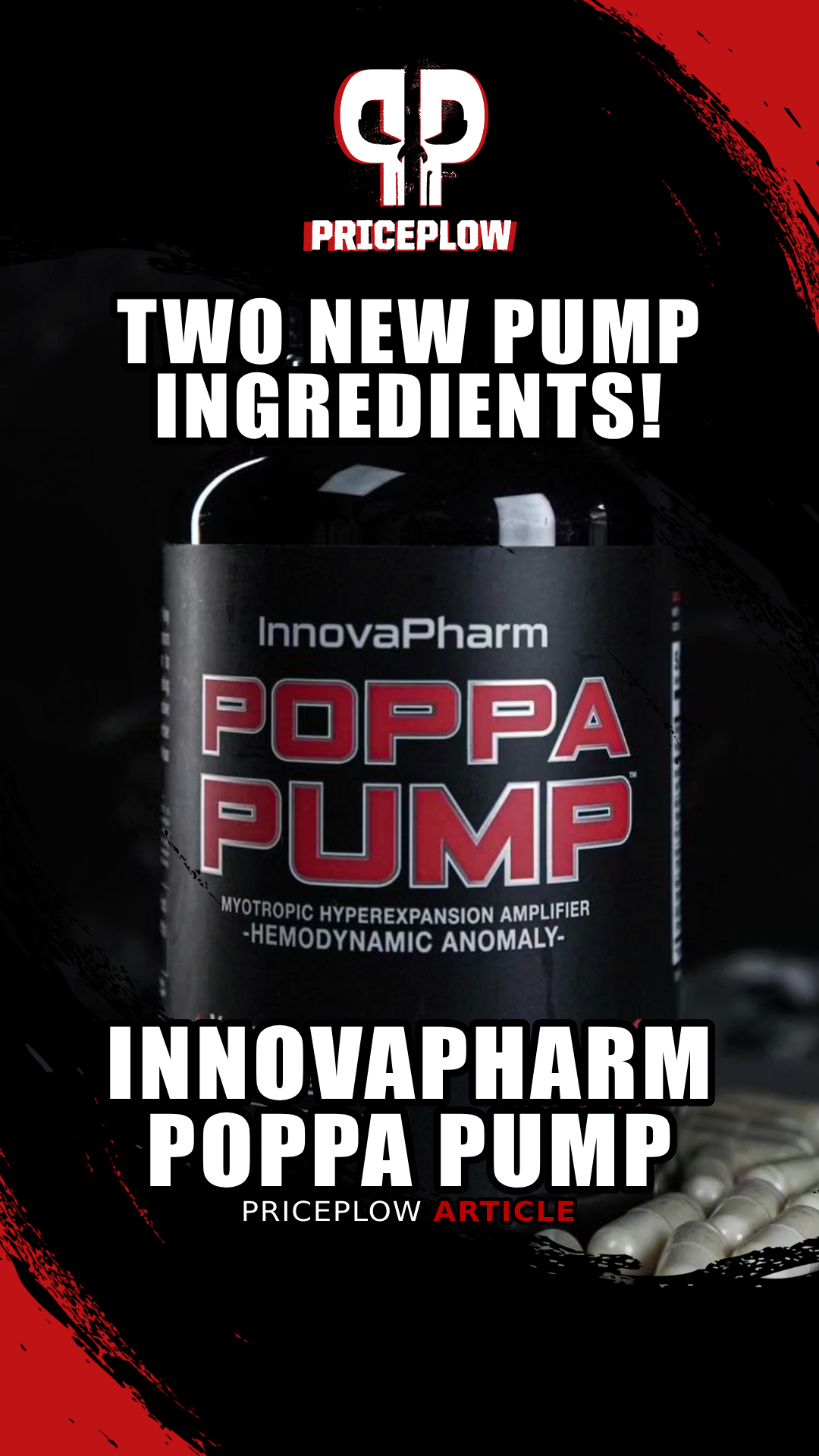


Comments and Discussion (Powered by the PricePlow Forum)